OPTIMIZING DIABETIC WOUND HEALING IN ATHLETES THROUGH ANGELICA DAHURICA-INDUCED ANGIOGENESIS: MEDIATING PERICYTE-ENDOTHELIOCYTE CROSSTALK VIA THE WNT4/Β-CATENIN SIGNALING PATHWAY
Abstract
Objective: Diabetic foot ulcers (DFUs) represent a critical challenge in diabetic athletes, stemming from impaired angiogenesis and prolonged healing times. This study explores the efficacy of Angelica dahurica (AD) in promoting angiogenesis and accelerating wound healing in this context, with a focus on the cellular mechanisms involved. Methods: Cross-talk between pericyte and endothelial cell exosomes was analyzed as a potential therapeutic strategy for treating DFUs in athletes. AD was investigated for its capacity to stimulate the migration and angiogenic tubule formation of human umbilical vein endothelial cells (HUVECs), facilitated through the modulation of exosomes derived from human cerebrovascular pericytes (HBVPs). Key protein expressions of Wnt4, β-catenin, and cyclinD1 were assessed, along with the impact of the Wnt/β-catenin pathway inhibitor XAV939 on these processes. Results: In vitro studies demonstrated that AD stimulated HUVECs by enhancing the exosomal communication from HBVPs, thereby activating the Wnt4/β-catenin signaling pathway. This molecular interaction was pivotal in promoting angiogenesis and tubule formation. In vivo, in a STZ-induced cutaneous wound rat model mimicking athletic stress and recovery, AD treatment significantly enhanced angiogenesis and collagen deposition, leading to accelerated wound closure and reduced wound size. Furthermore, AD facilitated capillary formation, crucial for effective wound healing in diabetic athletes. Conclusion: Angelica dahurica significantly enhances angiogenesis and wound healing in diabetic athletes by modulating pericyte-endotheliocyte exosome crosstalk through the Wnt4/β-catenin pathway. These findings suggest that AD could be a promising therapeutic agent in the management of DFUs in athletes, offering a potential to reduce recovery time and improve outcomes in sports-related diabetic wound care.
